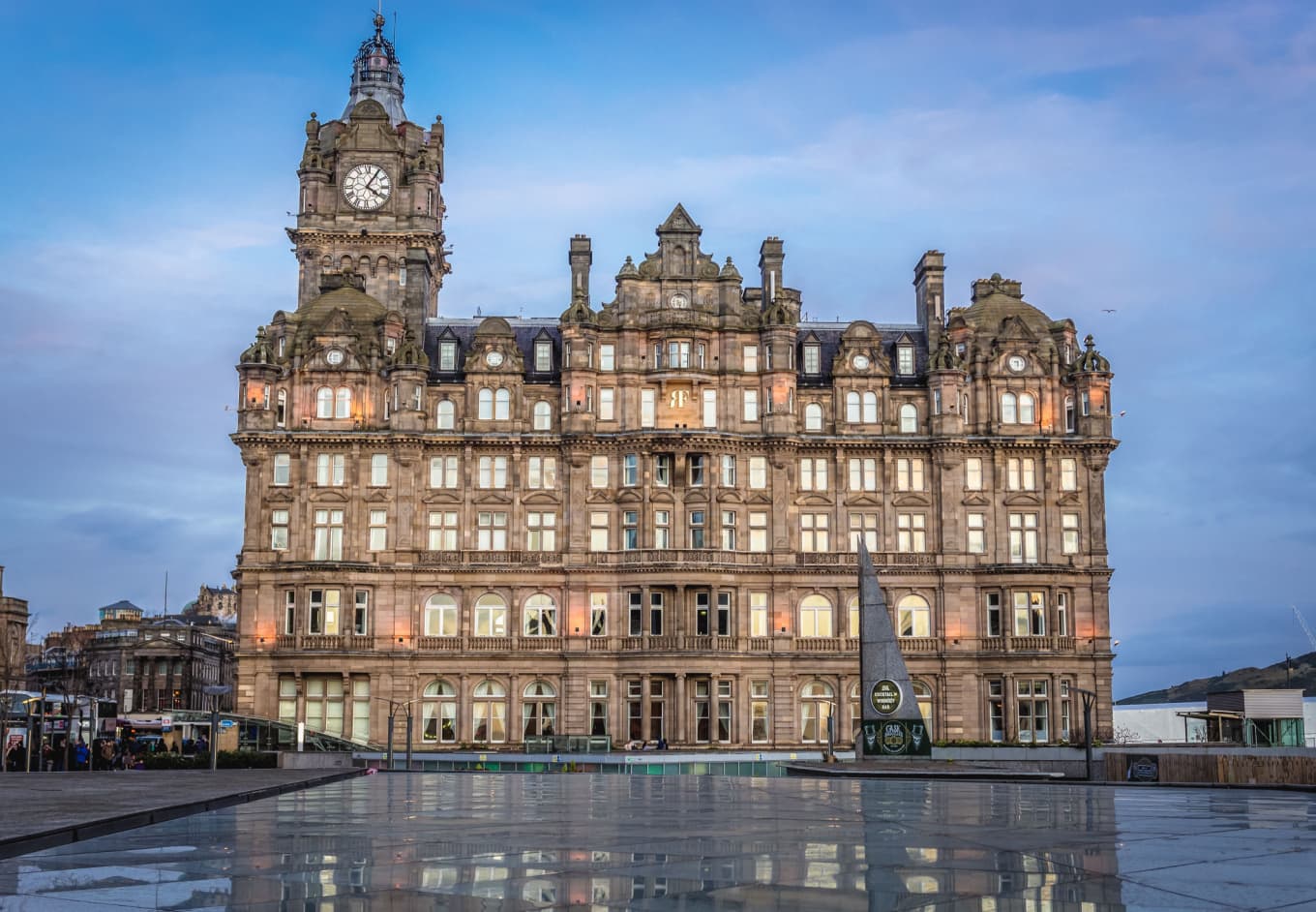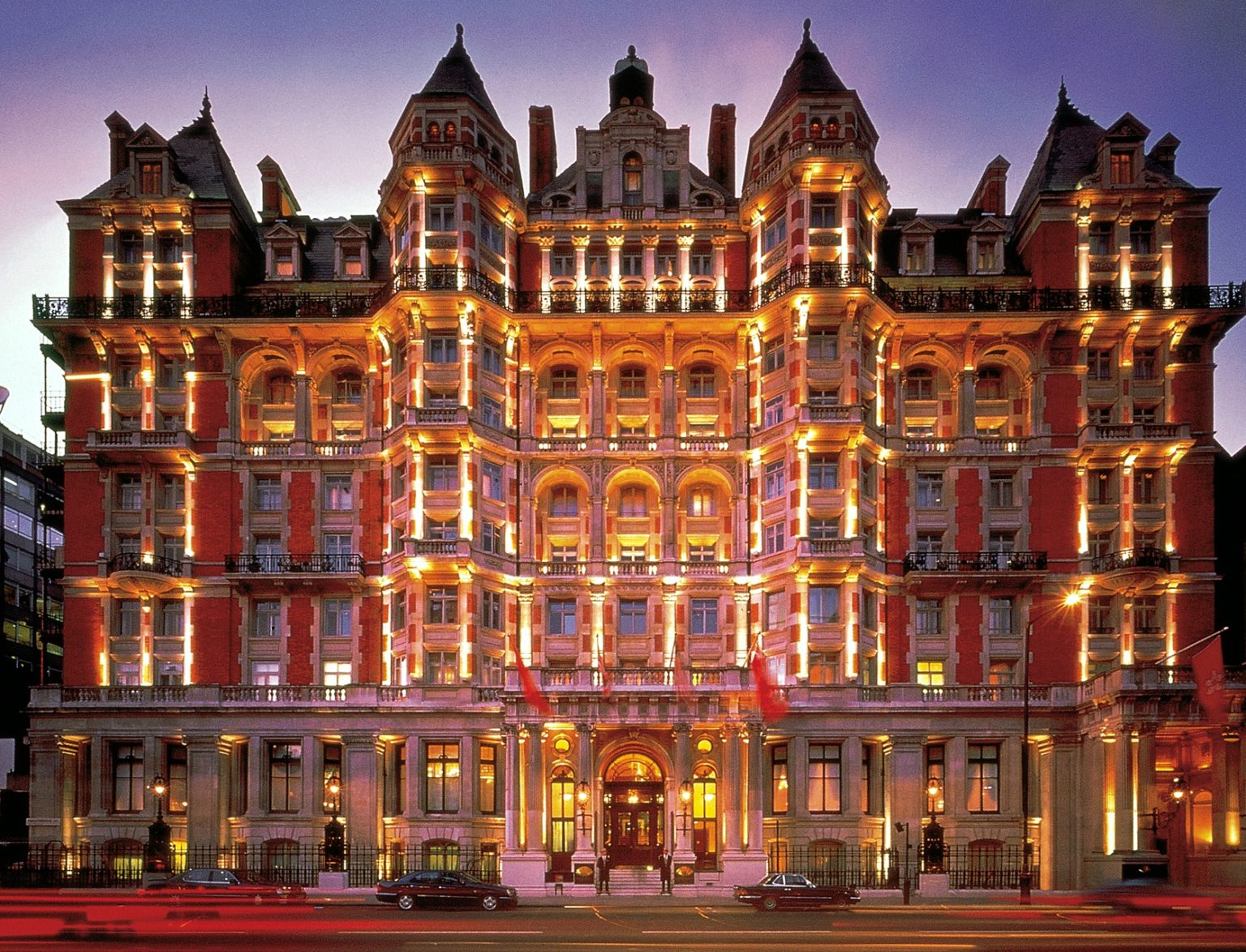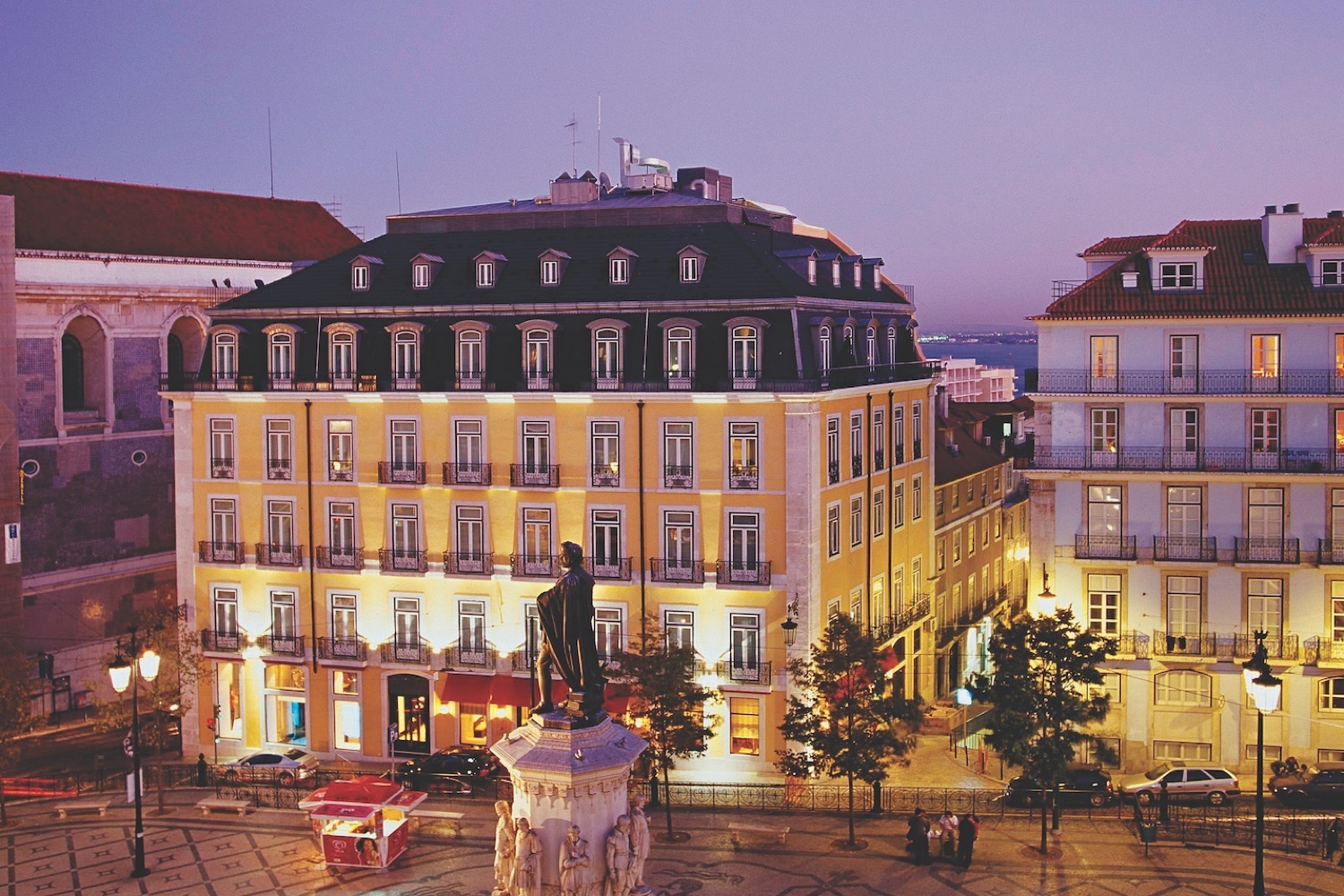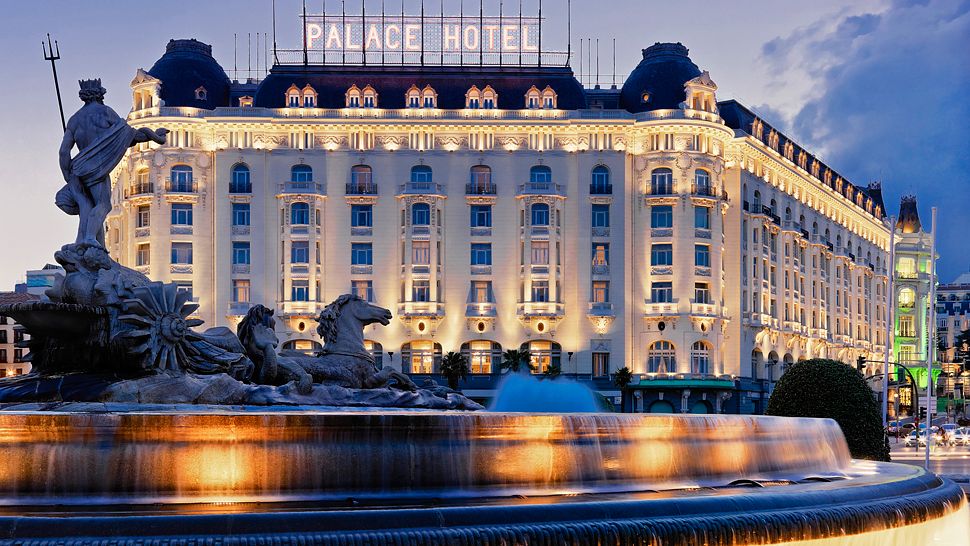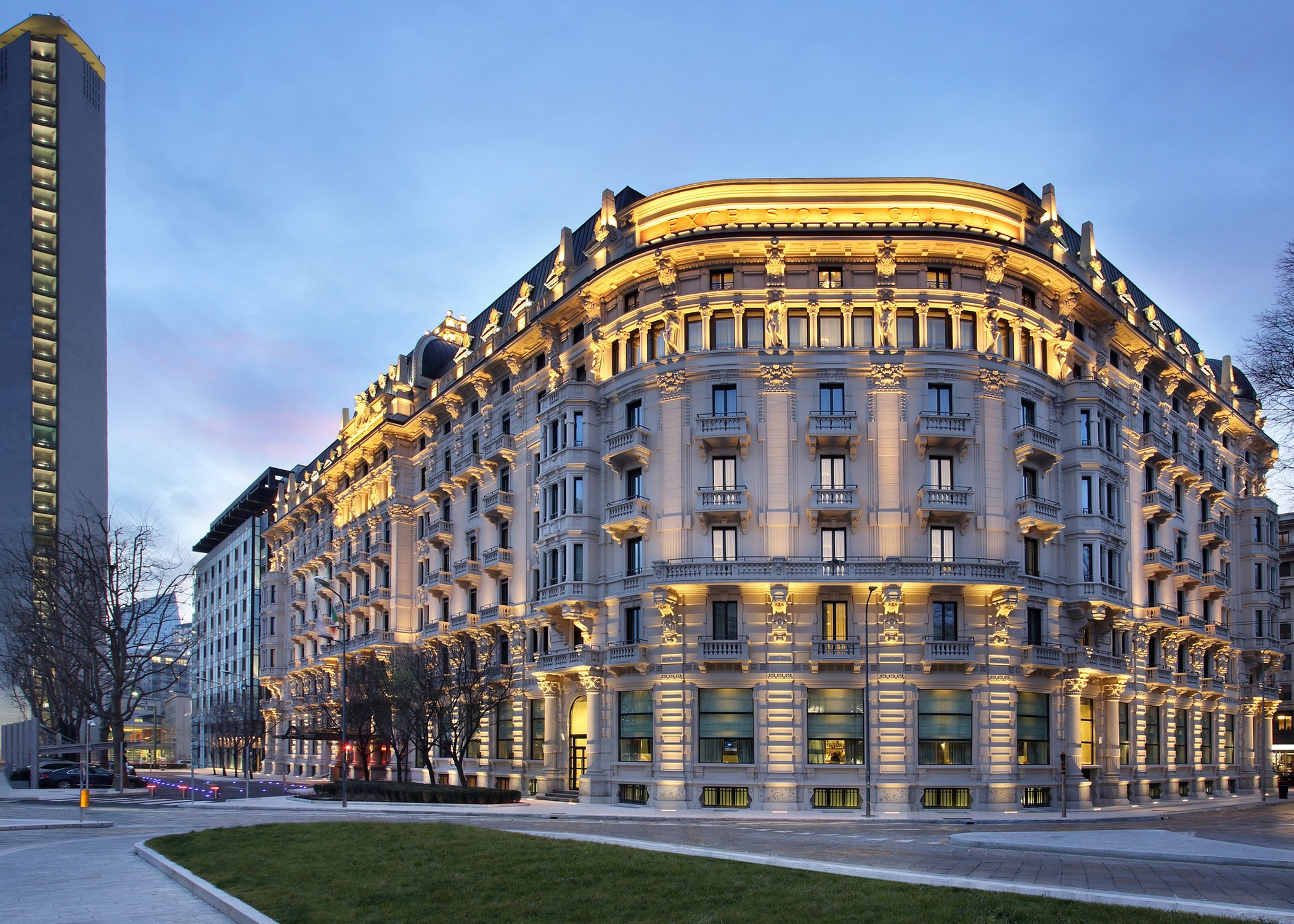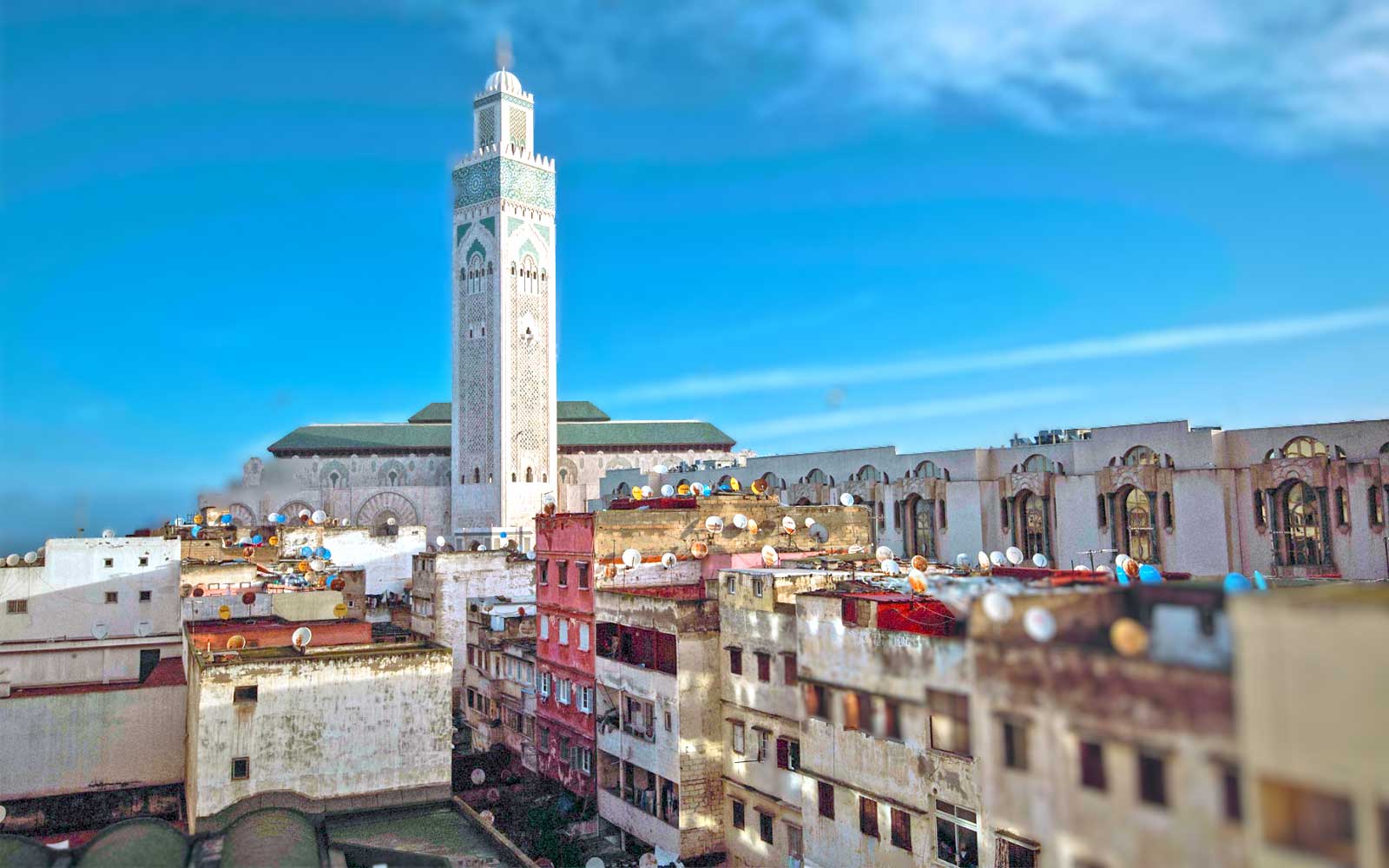
Casablanca, the economic powerhouse of Morocco, is a city that often conjures images from Hollywood films, a romanticized vision of exotic allure. While the cinematic magic of "Casablanca" may be a fond memory, the real city offers a captivating tapestry woven from rich history, a dynamic present, and a palpable sense of the future. Far from a mere backdrop, Casablanca is a living, breathing entity, a bustling metropolis where the whispers of colonial past mingle with the vibrant pulse of modern Moroccan life. This guide aims to peel back the layers of this fascinating city, revealing its hidden gems, practicalities, and the essence of what makes Casablanca an unforgettable travel destination.
A Glimpse into History: From Ancient Port to Modern Metropolis
The history of Casablanca is as layered as its architecture. Originally known as Anfa, the settlement has a history stretching back to the 7th century BC, serving as a Phoenician trading post. It evolved into a significant Berber port before falling under Roman and then Arab rule. However, it was during the 15th century that the name "Casa Blanca" (White House) first appeared, given by Portuguese traders.

Related Articles about Casablanca: A Symphony of Old and New in Morocco’s Vibrant Heart:
- The Jewel of Arabia: An Ultimate Travel Guide to the United Arab Emirates
- Unveiling the Hygge: A Traveler’s Guide to Denmark
- Nepal: A Journey to the Roof of the World and Beyond
- España: A Tapestry of Sun, Sangria, and Centuries of Stories – Your Ultimate Travel Guide
- Argentina: A Tapestry of Wonders – Your Ultimate Travel Guide
The 19th and early 20th centuries marked a period of significant transformation. The French protectorate, established in 1912, left an indelible mark on Casablanca’s urban landscape. The French envisioned a grand, modern city, and their influence is evident in the Art Deco and Neo-Moorish architectural styles that define much of the city center. Casablanca rapidly became Morocco’s primary port and economic hub, attracting people from across the country and beyond.
During World War II, Casablanca played a crucial role as a neutral port and a gateway for Allied and Axis intelligence. This period, immortalized in the iconic film, added a layer of intrigue and romanticism to the city’s identity, a perception that lingers to this day. Post-independence in 1956, Casablanca continued its trajectory as Morocco’s economic engine, a testament to its resilience and forward-looking spirit.
Top Attractions: Where Tradition Meets Modernity
Casablanca’s charm lies in its ability to seamlessly blend historical sites with contemporary marvels. Here are some of the must-visit attractions:
-
Hassan II Mosque: Dominating the Atlantic coastline, the Hassan II Mosque is an architectural masterpiece and Casablanca’s undisputed crown jewel. This colossal structure, one of the largest mosques in the world, boasts a stunning minaret that pierces the sky at 210 meters, making it the tallest religious structure globally. Commissioned by the late King Hassan II, it was built on reclaimed land and features intricate zellij tilework, exquisite carved wood, and a retractable roof, allowing worshippers to feel closer to the heavens. Guided tours offer an insightful glimpse into Islamic art and architecture. The sheer scale and beauty of the mosque, especially at sunset, are breathtaking.
-

The Corniche: Stretching along the Atlantic coast, the Corniche is Casablanca’s vibrant waterfront promenade. It’s a popular spot for locals and tourists alike, offering a refreshing escape from the city’s hustle and bustle. Lined with upscale restaurants, trendy cafes, beach clubs, and hotels, the Corniche is the perfect place for a leisurely stroll, enjoying the sea breeze, and watching the waves crash against the shore. During the warmer months, it transforms into a lively hub for swimming, sunbathing, and enjoying the vibrant nightlife.
-
Habous Quarter (New Medina): A stark contrast to the bustling old medina of other Moroccan cities, the Habous Quarter, also known as the "New Medina," was built by the French in the 1930s to house a growing population and showcase a modernized version of traditional Moroccan architecture. It’s a charming labyrinth of narrow streets, whitewashed buildings with red-tiled roofs, artisan workshops, and small souks selling leather goods, traditional clothing, and local crafts. Unlike the more chaotic old medinas, Habous offers a more relaxed and organized shopping experience, with many artisans demonstrating their skills.
-
Place Mohammed V: The administrative heart of the city, Place Mohammed V is an impressive square surrounded by magnificent French colonial-era buildings. The architecture here is a stunning blend of Art Deco and Neo-Moorish styles, featuring grand government buildings, the Palace of Justice, the main post office, and the Wilaya (Governor’s Palace). The square is often adorned with palm trees and is a popular spot for locals to gather, particularly in the evenings.
-
Casablanca Cathedral (Cathédrale Sacré-Cœur): A relic of the French protectorate, the Casablanca Cathedral is a striking example of Neo-Gothic architecture with Art Deco influences. While no longer an active place of worship, it stands as a testament to the city’s diverse religious history. Its impressive twin towers and ornate interior, though somewhat weathered, offer a glimpse into a bygone era. It’s a unique architectural gem worth exploring.
-
Old Medina: While not as extensive or as historically preserved as those in Fes or Marrakech, Casablanca’s Old Medina offers a more authentic glimpse into the city’s working-class neighborhoods. It’s a place to wander through narrow alleyways, observe daily life, and discover local markets selling everything from fresh produce to spices and clothing. It’s less about souvenir shopping and more about experiencing the raw, unadulterated pulse of the city.
-
Museum of Moroccan Arts and Traditions (Musée des Arts et Traditions Populaires): Located in the Habous Quarter, this museum offers a fascinating insight into Moroccan culture through its exhibits of traditional clothing, jewelry, pottery, and musical instruments. It’s a great place to learn about the country’s rich heritage and artistic expressions.
-
Anfa: Historically the original settlement, the Anfa neighborhood offers a glimpse into older Casablanca, with some charming residential areas and a more local feel. While not a major tourist destination, it provides a different perspective on the city’s evolution.
Travel Tips for a Seamless Casablanca Experience
- Language: The official languages are Arabic and Berber. French is widely spoken, especially in business and by older generations. English is increasingly understood in tourist areas and hotels. Learning a few basic Arabic or French phrases will be greatly appreciated.
- Currency: The Moroccan Dirham (MAD) is the official currency. Exchange offices are readily available at the airport, in banks, and in major hotels. ATMs are widespread.
- Visa Requirements: Check the visa regulations for your nationality well in advance of your trip.
- Dress Code: While Casablanca is a modern city, it’s advisable to dress modestly, especially when visiting religious sites. For women, covering shoulders and knees is recommended. Men should avoid sleeveless shirts.
- Haggling: Haggling is an integral part of the souk experience. Approach it with a friendly smile and a sense of humor. Start with a price significantly lower than the asking price and be prepared to walk away if you can’t reach an agreement.
- Tipping: Tipping is customary in Morocco. For restaurants, 10-15% is standard. For guides, drivers, and hotel staff, a few dirhams are appreciated.
- Safety: Casablanca is generally a safe city, but like any large metropolis, it’s important to be aware of your surroundings, especially in crowded areas. Keep your valuables secure and be cautious of petty theft.
- Water: It’s recommended to drink bottled water to avoid any stomach upset.
Accommodation Options: From Luxury to Budget-Friendly
Casablanca offers a diverse range of accommodation to suit every budget and preference:
-
Luxury Hotels: For a truly opulent experience, consider hotels like the Hyatt Regency Casablanca, Sofitel Casablanca Tour Blanche, or Radisson Blu Hotel, Casablanca City Center. These establishments offer world-class amenities, stunning city or ocean views, and impeccable service.
-
Mid-Range Hotels: You’ll find a good selection of comfortable and well-appointed mid-range hotels that offer a great balance of comfort and value. Look for options in the city center or along the Corniche. Examples include Novotel Casablanca City Center and Ibis Casablanca City Center.
-
Boutique Hotels & Riads: For a more intimate and authentic experience, consider a boutique hotel or a riad. While less common in Casablanca than in traditional cities like Marrakech, some charming options offer a unique stay. Research options in quieter neighborhoods for a more tranquil retreat.
-
Budget-Friendly Options: Hostels and budget guesthouses are available, particularly in areas slightly outside the prime tourist zones. These offer basic amenities and a chance to connect with fellow travelers.
Getting Around Casablanca: Navigating the Metropolis
Casablanca boasts a relatively well-developed transportation network:
-
Taxis: Taxis are a convenient and affordable way to get around. Petit taxis (usually beige) are metered and operate within the city. Grand taxis (usually white) are shared taxis that run on fixed routes to outer areas or other cities. Always ensure the meter is used for petit taxis or agree on a fare beforehand.
-
Tramway: Casablanca’s modern tramway system is an efficient and affordable way to navigate the city. It connects major points of interest and offers a comfortable ride. Purchase tickets from machines at the stations.
-
Buses: A comprehensive bus network serves the city, but it can be crowded and less straightforward for tourists to navigate.
-
Rental Cars: If you prefer the freedom to explore at your own pace, renting a car is an option. However, be prepared for chaotic traffic conditions and challenging parking in some areas.
-
Walking: Exploring certain neighborhoods, like the Habous Quarter or the Corniche, on foot is highly recommended to soak in the atmosphere.
Best Time to Visit Casablanca: Embracing the Moroccan Climate
Casablanca enjoys a Mediterranean climate with distinct seasons:
-
Spring (March to May): This is arguably the best time to visit. The weather is pleasant, with warm, sunny days and cooler evenings. The landscape is lush and green, and outdoor activities are highly enjoyable.
-
Summer (June to August): Summers are hot and humid, especially in July and August. While the Atlantic breeze can offer some respite, daytime temperatures can be uncomfortable for extensive sightseeing. The Corniche is popular during this time, but the city center can feel stifling.
-
Autumn (September to November): Similar to spring, autumn offers pleasant temperatures and a good balance of sunshine and cooler evenings. It’s another excellent time to visit before the winter rains arrive.
-
Winter (December to February): Winters are mild but can be rainy. While temperatures are generally not freezing, expect cooler days and occasional downpours. This season can be a good option for those looking to avoid crowds and enjoy lower prices.
Conclusion: A City of Enduring Allure
Casablanca is more than just a gateway to Morocco; it’s a destination in its own right, a city that defies easy categorization. It’s a place where the grandeur of colonial architecture stands shoulder-to-shoulder with contemporary skyscrapers, where the aroma of traditional spices mingles with the salty sea air, and where the echoes of history are interwoven with the vibrant rhythm of modern life. From the awe-inspiring Hassan II Mosque to the lively promenade of the Corniche and the charming streets of Habous, Casablanca offers a captivating blend of experiences. Embrace its energy, explore its contrasts, and discover the enduring allure of this dynamic Moroccan metropolis. Your journey to Casablanca promises to be a memorable symphony of old and new, tradition and progress, all set against the breathtaking backdrop of the Atlantic Ocean.
